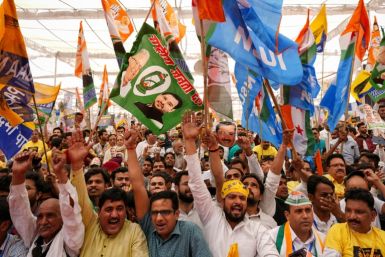Air India Lands First Boeing 787 Dreamliner Gives Tourism Australia a Boost
As Tourism Australia vies for a larger pie in India's outbound travel market, it got a lucky boost from Air India which landed the first Boeing 787 Dreamliner on a commercial service in the country.
As the world's fastest growing outbound travel market, the United Nations World Tourism Organisation predicts that India will have approximately 50 million outbound travellers by 2020. After years of active promotion, Tourism Australia (TA) now has a 4% share of medium to long haul travel market in India.
Air India's return to the Australian subcontinent was in the offing for a long time. With the induction of the fuel efficient new Boeing 787 Dreamliner, Air India is looking to open up new routes. Initiation of new route has been welcomed by both the airport and tourism industry in Australia.
Industry observers say that with its burgeoning population and rising middle class, India is a key growth market for Australia. The 12-hour daily Delhi-Sydney-Melbourne route will knock about eight hours off the indirect routes now on offer. After having axed its own Singapore-Mumbai service last year, Qantas has been connecting India's Jet Airways via Singapore. Media reports say that Singapore Airlines which claims a major slice of the indirect market share will also be affected by Air India's direct service.
Over the years, TA has been building on its market share in India and now aims to grow it further. Australia's tourism development agency has been shaping its 10-year marketing plan for India based on new consumer research carried out in six of India's fastest growing cities.
TA now aims to tapping into the future tourism potential of the Indian market which, by the end of the decade, is estimated to be worth up to A$ 2.3 billion for Australia.
Media reports say that since the strategic plan was first launched in June last year, leisure spending from India has risen 26%.
India's status as one of Australia's fastest growing and most valuable international tourism markets has grown substantially, with visitors in 2012-13 rising 7.8 per cent compared with the previous year.






